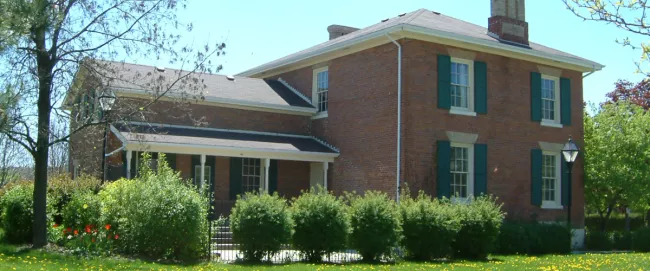Archaeological Assessments
Archaeological resources can provide a link to a more distant past that is no longer recognizable on the landscape. Archaeological sites are distributed in a variety of settings across Vaughan, reflecting a variety of past human activities or events that are of cultural heritage value or interest. Many archaeological sites are remnants of First Nations activities and provide insights into Vaughan’s very early past. The City of Vaughan supports the identification and protection of significant archaeological resources as an important part of Vaughan’s past, and maintains an Archaeological Master Plan as an important tool to achieve this.
- The presence of known archaeological sites within 250 metres of the property
- The presence of a water source (primary, secondary, ancient) within 300 metres of the property;
- Elevated topography (e.g., knolls, drumlins, eskers, plateau);
- Pockets of sandy soil in a clay or rocky area;
- Unusual land formations (e.g., mounds, caverns, waterfalls);
- Proximity to a resource-rich area (concentrations of animal, vegetable or mineral resources);
- Evidence of early Euro-Canadian (non-Aboriginal) settlement (e.g., monuments, cemeteries) on the property;
- Proximity to historic transportation routes (e.g., road, rail, portage);
- The property is protected under the Ontario Heritage Act;
- Local knowledge of archaeological sites on the property or of the property's heritage value.
All development within areas of high archaeological potential will require an Archaeological Assessment as per the Ministry of Tourism, Culture and Sport Standards and Guidelines for Consulting Archaeologists.
No development or grading shall occur on any site identified as being of high archaeological potential or archaeologically significant as a result of the archaeological evaluation carried out on the property, until protective and mitigative measures of all significant archaeological sites have been fulfilled to the satisfaction of the Ministry of Tourism, Culture and Sport (Archaeology Unit) and the City of Vaughan.

